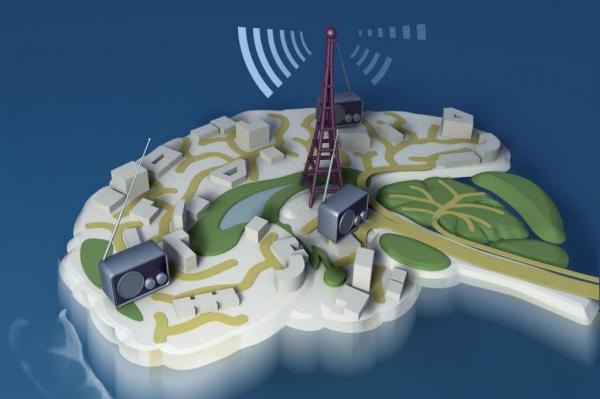
STANFORD, Calif., Dec. 17 (UPI) — By flashing laser pulses at specific areas of rats’ brains, scientists were able to either wake the rodents or put them to sleep, which may help in developing treatments for brain injuries and neurological disorders.
Based on previous studies suggesting stimulation of neurons in the central thalamus, a part of the brain important to arousal, could awaken injured patients from minimally conscious states, researchers sought to test a method for doing so.
The thalamus acts as a relay station in the brain that sends neural signals from the body to the cortex. By manipulating it with varying levels of frequency, the researchers confirmed not only the way neurons function in the brain but that they can control the speed at which they fire.
“This study takes a big step towards understanding the brain circuitry that controls sleep and arousal,” said Dr. Yejun He, program director at the National Institutes of Health’s National Institute of Neurological Disorders and Stroke, in a press release.
“We showed how the circuits of the brain can regulate arousal states. We hope to use this knowledge to develop better treatments for brain injuries and other neurological disorders.”
The researchers started by flashing laser pulses at light-sensitive central thalamic neurons in the brains of sleeping rats, causing neurons to fire — with higher frequency stimulation of 40 or 100 pulses per second waking the rats up.
Testing it in the opposite direction, researchers then used a low frequency of 10 pulses per second, sending them into something similar to an absence seizure, during which they stiffened, stared and then fell asleep.
After using magnetic resonance imaging to record brain activity in the rats, the scientists were able to confirm the different ways neurons fired when the frequency of laser pulses changed.
Other experiments with the rats suggest that firing the pulses alters the way inhibitory neurons in a neighboring brain region operate, offering an explanation for the different effects of high and low frequency pulses.
While deep brain stimulation of the thalamus has shown potential for helping patients with brain injuries, progress is often slow with their recovery. Understanding the way neurons in the brain fire could help with future developments in the treatment, researchers said.
The study is published in the journal eLife.






